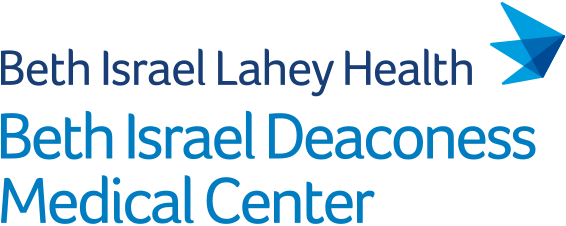Abstract
OBJECTIVE: Centralized aortic hubs frequently exist in competitive markets, which have at times demonstrated inferior surgical outcomes. Here we evaluate the impact of local market competition specifically on complex aortic surgical outcomes.
METHODS: A retrospective review included all Vascular Quality Initiative (VQI) patients between 2013 and 2022 undergoing index complex endovascular aortic repair, thoracic endovascular aortic repair, or open aortic repair. Market competition was defined by the Herfindahl-Hirschman index (HHI), using surgeon-level market share within blinded VQI regions or metropolitan statistical areas (MSAs). A higher HHI indicates lower competition. Multivariable logistic 30-day mortality models and Cox survival models were used to examine the association between HHI and outcomes. A sensitivity analysis further adjusted for complexity among all complex and routine aortic surgical patients in the Vascular Implant Surveillance and Interventional Outcomes Network from 2017 to 2019, using generalized estimating equations with MSA-level clustering.
RESULTS: The VQI contained 10,868 complex aortic surgical patients, with 4372 additional patients in MSA-based Vascular Implant Surveillance and Interventional Outcomes Network sensitivity analysis. The median patient age was 75 years. Of these patients, 68.4% were male, with a greater number of patients in high competition regions (51.3%) and MSAs (34.6%) vs medium and low competition locales. Comorbidities and aneurysm diameter were broadly similar across HHI intervals. Lower 30-day mortality was observed in high competition regions (high, 23.7%; medium, 25.9%; low, 25.9%; P = .03). In multivariable logistic models, medium regional competition was associated with greater 30-day mortality odds vs high competition (odds ratio [OR], 1.39; 95% CI, 1.21-1.60; P < .001), with a trend toward increased mortality for low competition (OR, 1.20; 95% CI, 0.98-1.45; P = .07). MSA-based sensitivity analyses demonstrated a similar trend for medium competition MSAs (OR, 1.25; 95% CI, 0.98-1.58; P = .07), without significant relationship for low-competition MSAs. Regional interval was not associated with any long-term mortality difference.
CONCLUSIONS: More competitive regions demonstrate lower 30-day mortality after complex aortic surgery but equivalent long-term survival. Further efforts should focus on drivers of this difference to widen access to high-quality complex aortic care.

